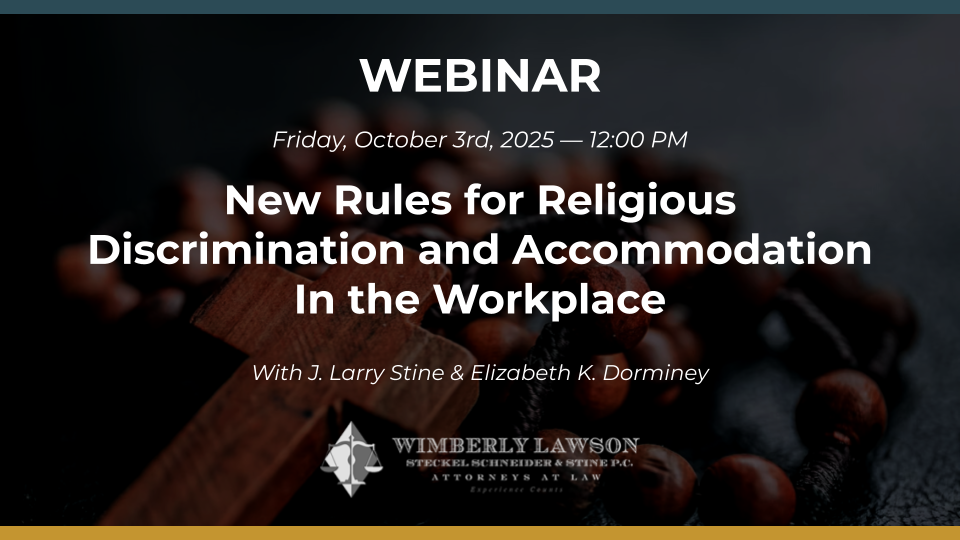EFFECT OF OBAMA VETO OF CONGRESSIONAL OVERTURN OF QUICKIE ELECTION RULE
During March, for only the second time in history, both Houses of Congress approved a resolution under the Congressional Review Act disapproving the controversial "quickie" or "ambush" union election rule. The Senate adopted the disapproval resolution of the NLRB action on March 4 by vote of 53-46, and the House passed an additional measure on March 19 by a vote of 232-186. On March 31, President Obama vetoed the joint congressional resolution. The Senate vote is 14 votes shy of the total needed to override the President's veto. Therefore, the NLRB rule went into effect as scheduled on April 14. While there are two lawsuits pending challenging the legality of the new NLRB rule, in neither case has the court scheduled a hearing or made a ruling. In any event, the blocking of the rule through litigation is probably a long shot.
Regarding the issue, Sen. Lamar Alexander, Chairman of the Senate Labor Committee, responding to the Senate resolution, said in a statement after the Senate vote that the NLRB rule changes would "allow a union to force an election before an employer has a chance to figure out what's going on." On average, it currently takes about 38 days after a union petition is filed with the NLRB for a union election to take place. No one knows, not even the NLRB, how soon elections will be held in the future, but estimates vary between two and four weeks after the filing of the petition.
Implementation of the quickie election rule, together with the recent NLRB ruling in Purple Communications, Inc., creates enormous issues for employers regarding electronic communications. Under the quickie election rule, the employer will have to provide a voting list to the union, which will include among other things personal phone numbers and email addresses, if available to the employer. In its Purple Communications ruling, the NLRB has adopted a presumption that employees who have been given access to the employer's email system in the course of their work are entitled to use this system to engage in statutorily protected discussions about the terms and conditions of employment while on non-working time. In the past, unions have often had great difficulty communicating with employee-voters, because of the effort and expense involved. Now, in just a few minutes, union organizers may have the ability to communicate with the entire list of voters.
Editor's Note: The unions are likely to take advantage of the new rules to give them access to employees' personal telephone numbers and email addresses to engage in different forms of organizing that will be much less costly and more efficient for them. The Purple Communications ruling is currently the law of the NLRB, and thus employers would be wise to review and likely revise their electronic communication policies to be consistent with the ruling. A particularly important issue is the extent to which employers can monitor employee communications on its email system. Some type of monitoring will likely be appropriate, but advice of counsel will be necessary. Further, it is going to be very difficult to monitor when someone is engaged in these communications because the decision only applies to non-working time.
Related Content
Get Email Updates
Recent Content

New Rules for Religious Discrimination and Accommodation In the Workplace

TPS Update (as of 9/3/2025)

DOL To Shut Down OFCCP and Transfer Duties to EEOC

Meaning of Supreme Court Ruling Limiting Nationwide Injunctions in Birthright Case

In Spite of Adminstration Changes, Monitoring of the Workplace Continues to Create Legal Issues

